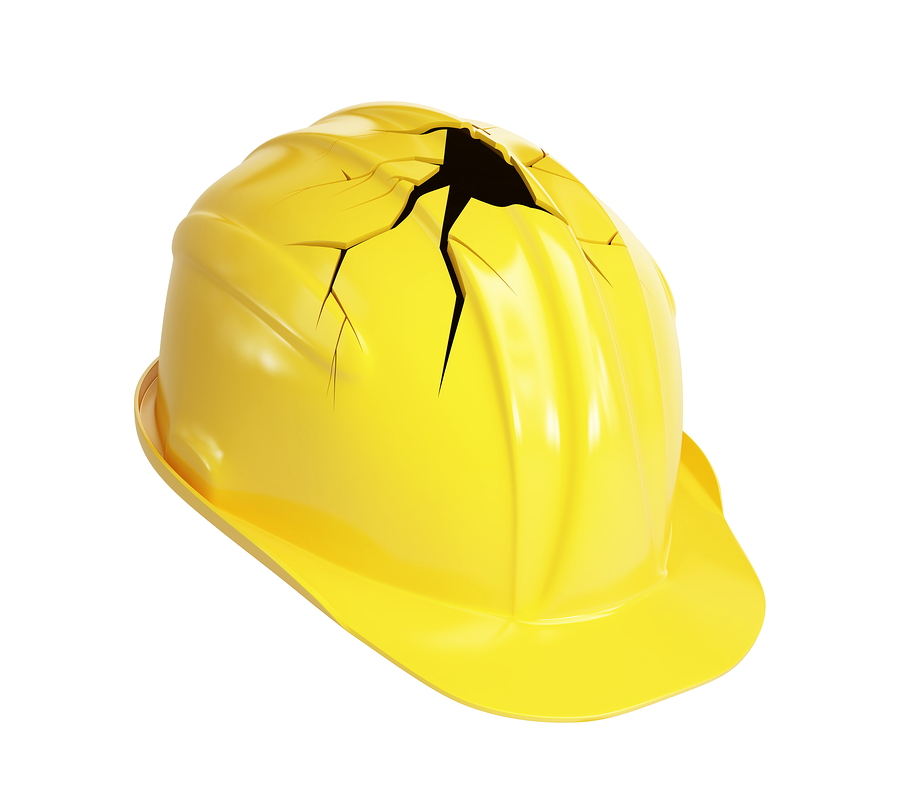Injured Subcontractor Employees May Have Claims Against Negligent Contractor – It’s a Matter of Control!

The recent case of Sherman v. Cimarex from the New Mexico Court of Appeals addresses an interesting and not too uncommon situation where a subcontractor’s employee is harmed by the negligence of the contractor.
Workers are typically very limited in what they can recover under the New Mexico Workers’ Compensation Act.
Typically, work injuries come with some pretty bad news regarding limitations on recovery even in case of gross employer negligence. In this case, there is some promising news for injured workers. In those cases where an worker employed by a sub-contractor is harmed by the contractor, there may be some relief to the injured worker beyond the pittance allowed under the New Mexico Workers’ Compensation Act.
The facts in a nutshell are as follows. The plaintiff worked for a subcontractor of the defendant. The plaintiff was injured when he fell over a railing on a drilling rig. The plaintiff filed a negligence claim against the defendant contractor.
Specifically, the claim alleged that the defendant contractor was “negligent in failing to provide him a safe place to work, failing to keep a proper lookout for his safety, failing to allow him proper time for rest and recuperation and interrupting his sleep for unnecessary supervision…” In essence, the plaintiff alleged that the defendant had created a working environment that knowingly caused the plaintiff to work while fatigued which then led to the accident.
The contractor in response argued that there was no duty to the plaintiff since he was not an employee. The district court agreed dismissing the claim on summary judgment.
The basic issue at the New Mexico Court of Appeals was whether in fact the defendant did owe a duty to the plaintiff and whether that duty was breached. The Court found that there were issues of fact that needed to be resolved in the determination of the existence of a duty and therefore summary judgment was inappropriate.
The general rule is that contractors have no liability for injuries to subcontractor employees. There are exceptions related to “control” over the employee.
The Court began by stating that a contractor is not liable for injuries to the employees of subcontractors.
However, the Court further stated:
“As with any general rule, however, there are exceptions, including two scenarios: where the employer controls the premises on which the work is being performed or where the employer retains control over the independent contractor’s performance of its work.”
Interestingly, the Court of Appeals narrowed the issue at hand to the second aspect of the exception regarding “control” though the contractor certainly controlled the premises upon which the plaintiff was injured.
The Court thus restricted its analysis to the issue of “control” and the duties arising from it. In addressing the existence of control and the consequent duties to the employees of subcontractors, the Court relied heavily on the Restatement of Torts, Section 414 to arrive at its conclusion:
Contractor may be liable if it exercises control and is negligent in that supervision
“ (1) the employer owes a duty to an employee of an independent contractor if the employer has some kind of supervisory control over the independent contractor and, if the employer owes this duty, (2) it may be liable if it exercises its control in a negligent manner that causes injury to the independent contractor’s employee.”
The Court admitted that the case law did not specify how much control was necessary. Again relying on the Restatement of Torts, the Court addressed the scope of control necessary for liability. The Court took a pretty broad view seemingly in favor of workers stating that the issue was not whether the defendant had awareness of the plaintiff’s fatigue or whether the defendant created the work environment. Instead, the sole question for the Court was whether the defendant “ had any right of supervision” so that the plaintiff was not free to do his work in his own way.”
The Court found that the plaintiff had introduced sufficient evidence to raise a factual dispute as to the necessary control. Interestingly, the Court noted that the plaintiff had also presented evidence of the defendant’s knowledge of the plaintiff’s fatigued condition though “control” alone was the crucial factual issue.
Due to the outstanding factual issues, summary judgment was improper as factual issues are the domain of the jury not the judge. The case was therefore remanded to the district court for proceedings consistent with its findings.
This decision if it stands is a small but good step toward the protection of workers from unsafe work places and negligent employers. However, much more should be done to protect workers. Again, under the Workers’ Compensation Act’s exclusivity provisions, injured workers have no recourse for negligence or even gross negligence of their employers other than the very limited recovery allowed under the Act.
Related Reading:
Are There Exceptions to Workers‘ Compensation Act Exclusive Remedy Where Employer Causes Accident?
What’s the Difference Between a Workers’ Compensation Work Injury and a Personal Injury Work Injury?
What is a Third Party Liability Work Injury Claim and Why is it Important?

